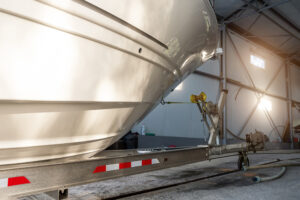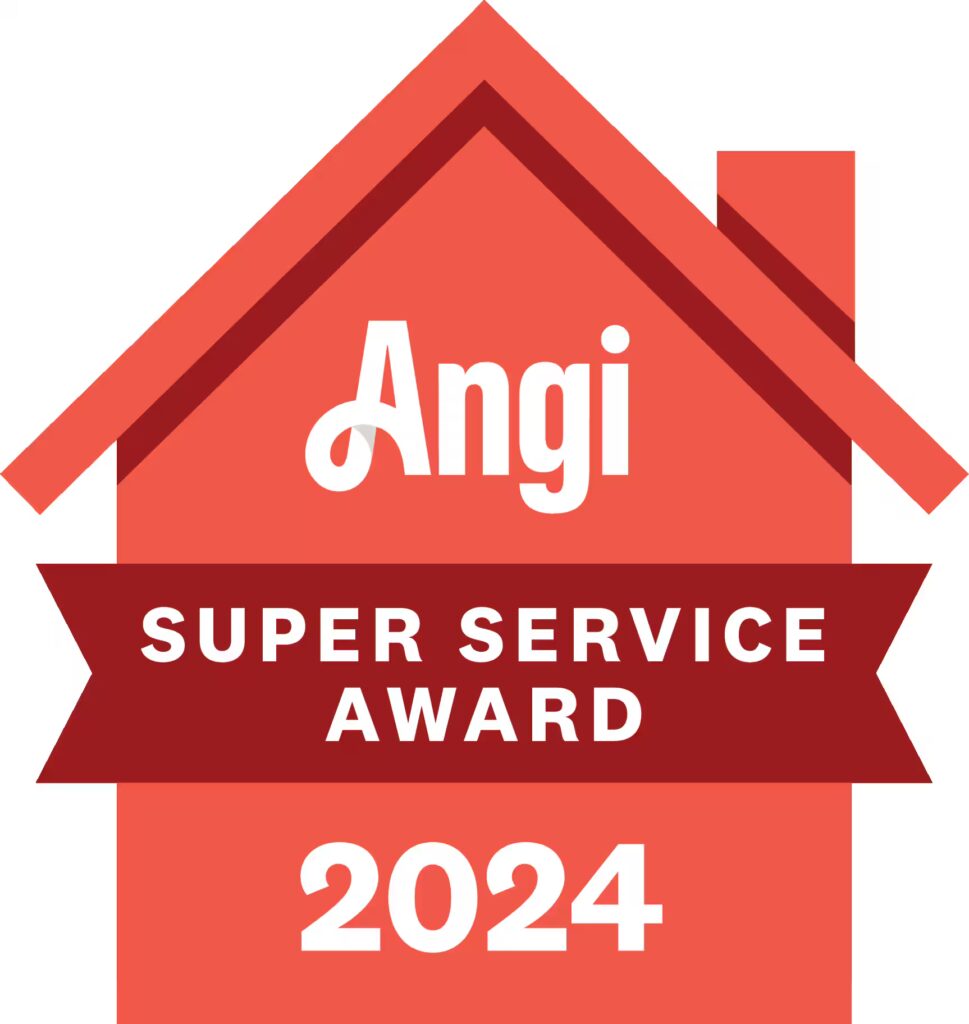 Your garage is more than just a place to park your car—it’s a vital space in your home that often doubles as a workshop, storage unit or even a play area for the kids. However, while garages offer tremendous utility, they can also pose significant risks if not properly managed. To keep accidents at bay and help keep your family safe, follow these helpful safety tips. Whether you’re storing tools, chemicals or simply using your garage as an extension of your living space, we’ve got you covered!
Your garage is more than just a place to park your car—it’s a vital space in your home that often doubles as a workshop, storage unit or even a play area for the kids. However, while garages offer tremendous utility, they can also pose significant risks if not properly managed. To keep accidents at bay and help keep your family safe, follow these helpful safety tips. Whether you’re storing tools, chemicals or simply using your garage as an extension of your living space, we’ve got you covered!
Understanding the Risks
Before providing suggestions, let’s get a handle on what we are dealing with. Garages are often filled with hazardous materials, sharp tools and heavy equipment. If you aren’t careful, they can also attract pests, rodents and insects, which pose their own set of risks. Knowing what you’re up against can help you take the necessary steps to create a safer environment.
Childproofing Your Garage
 Kids are naturally curious and might wander into the garage and find themselves in there while unsupervised. It is for this reason that it is very important to keep all tools and chemicals out of their reach. Install childproof locks on cabinets and drawers, and consider putting up a gate at the garage entrance to keep them out.
Kids are naturally curious and might wander into the garage and find themselves in there while unsupervised. It is for this reason that it is very important to keep all tools and chemicals out of their reach. Install childproof locks on cabinets and drawers, and consider putting up a gate at the garage entrance to keep them out.
Organizing Tools and Equipment
A cluttered garage is a dangerous garage. Invest in pegboards, shelves and toolboxes to keep your tools organized and off the floor. Labeling everything is also helpful as it will enhance safety and make it easier for you to find what you need, when you need it.
Safe Storage of Chemicals
Garages often house chemicals like pesticides, paints, and cleaning agents. Store these in their original, clearly labeled containers and lock them up in a cabinet. Ensure the storage area is well-ventilated to avoid harmful fumes.
Electrical Safety
Garages often contain multiple electrical outlets and power tools. To ensure electrical safety, it is important to regularly inspect the wiring for signs of wear and tear. Also avoid overloading outlets and use surge protectors to minimize the risk of electrical fires. Another suggestion is to always unplug tools when not in use.
Fire Prevention
Fire is a big risk in garages. Install a smoke detector and check it regularly. Keep a fire extinguisher handy and make sure everyone knows how to use it. Avoid storing flammable materials near electrical outlets or heat sources.
Proper Use of Power Tools
Power tools are incredibly useful but can be dangerous if not used correctly. Always read the manufacturer’s instructions before using any tool. Wear safety gear like gloves and goggles to protect yourself. And after using them, clean and store them properly.
Securing Heavy Items
Heavy items such as ladders, bicycles and lawn equipment should be securely fastened to prevent them from falling over. Use hooks and anchors to secure these items to the walls of your garage. This not only prevents accidents but also frees up valuable floor space.
Pest Control
Garages can attract pests like rodents and insects. Regularly inspect for signs of infestation and take immediate action if you find any. Seal any cracks or gaps to keep pests out. For severe issues, consider using traps or calling a professional pest control service. It is also wise to store garbage in sealed receptacles as well as any bird food or seed to keep from attracting rodents.
Ventilation and Air Quality
Garages can quickly become stuffy and filled with harmful fumes if working with chemicals or running engines nearby. Ensure your garage is well-ventilated by installing exhaust fans or opening windows when working. Proper ventilation reduces the risk of respiratory problems and keeps the air fresh.
Garage Door Safety
The garage door is often the largest moving part of your home and can pose significant risks if not properly maintained. Regularly inspect the door’s springs, cables and rollers for signs of wear. Install motion sensors to prevent it from closing on people or pets. Educate your family on the importance of keeping hands and fingers away from moving parts.
Pro Tip: If your garage door has broken parts, don’t try fixing it yourself. Tasks like repairing broken springs and cables can be very dangerous if you don’t know what you’re doing. It’s best to hire a professional. Many manufacturers paint bolts red to indicate they should not be touched by the average person. According to Google, “Red bolts are a warning that they are under tension, either from the springs or the cables. DO NOT remove these bolts unless you are a professional. If a spring or cable on the garage door is released because a red bolt was loosened or removed, you can be struck and seriously injured. It is for these same reasons that it’s generally not safe to change your garage door cable yourself unless you are a trained and experienced garage door mechanic with access to specialized equipment.”
Garage Lighting
 Good lighting is crucial for both safety and productivity. Ensure your garage is well-lit, particularly work areas. Consider installing motion-sensor lights to save energy and provide immediate light when someone enters the space. Proper lighting can prevent accidents and make tasks easier to perform.
Good lighting is crucial for both safety and productivity. Ensure your garage is well-lit, particularly work areas. Consider installing motion-sensor lights to save energy and provide immediate light when someone enters the space. Proper lighting can prevent accidents and make tasks easier to perform.
Seasonal Maintenance
Different seasons bring different challenges. In the winter, make sure your garage is insulated to prevent pipes from freezing. In the summer, take steps to keep the garage cool to avoid overheating and reduce the risk of fire. Regular seasonal maintenance can go a long way in keeping your garage safe year-round.
Emergency Preparedness
Despite all the safeguards, accidents can still happen. Make sure your family knows what to do in case of a fire or other emergency. Have an emergency kit in the garage that includes first-aid supplies, a flashlight and contact numbers for emergency services.
Creating a safe garage environment involves a combination of organization, regular maintenance and educating oneself. By taking these steps, you can significantly reduce the risks associated with garage spaces and create a safer home for you and your family.









